Scientists weigh in after family find giant larvae at Tintenbar on North Coast
An artist has sparked widespread curiosity in an unusually large insect larva unearthed at her family’s North Coast property.
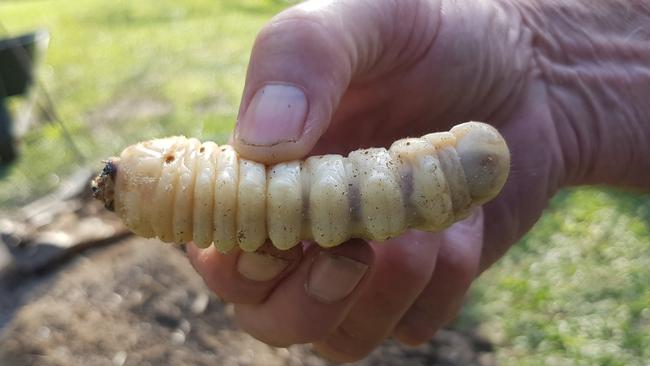
Ballina
Don't miss out on the headlines from Ballina. Followed categories will be added to My News.
A North Coast artist is searching for answers from experts after her family unearthed a big palm-sized grub in their back yard.
Natalie Herrington’s family found the larva inside a rotted tree stump on their property in Tintenbar, about 12 kilometres north of Ballina.
“We are in Tintenbar and the grub was found in a rotting stump that we were digging out,” she said.
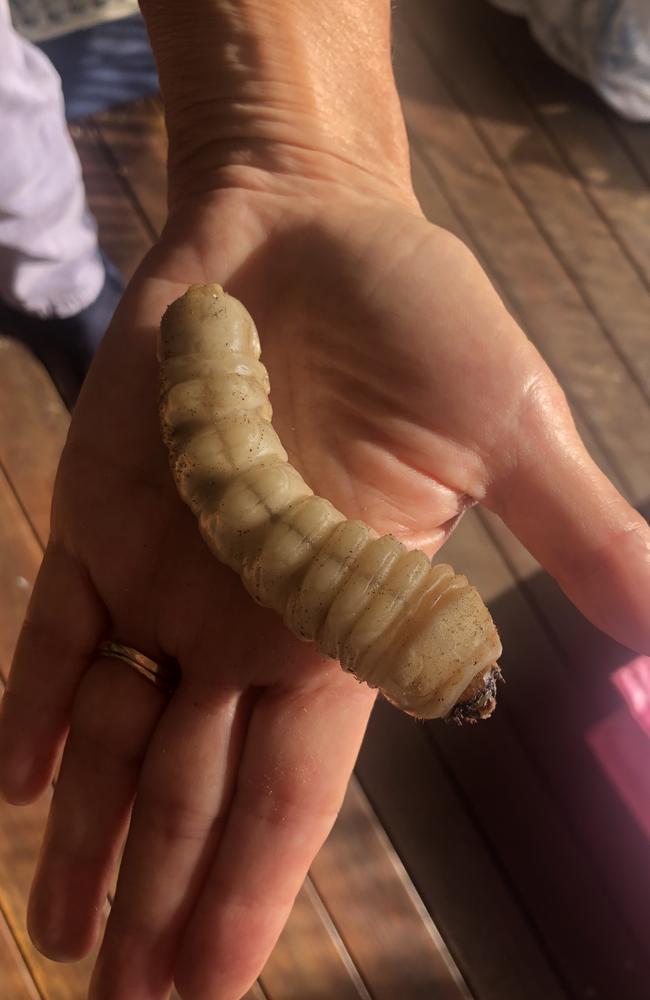
“After it was shown to my daughter it was relocated to another rotting log in hopes it would survive.”
Astounded with the find, Ms Herrington posted pictures to an online amateur entomology group, seeking answers.
“We had never seen anything that big before and felt terrible for disturbing it,” she said.
A lively discussion analysed the shape, head and jaws of the monster bug.
Members said the larva could be from a giant wood moth, longicorn beetle, large cossid wood moth and a range of other insects.
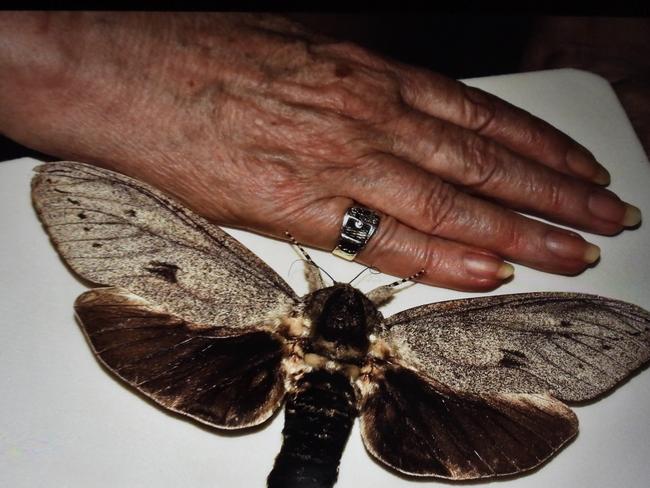
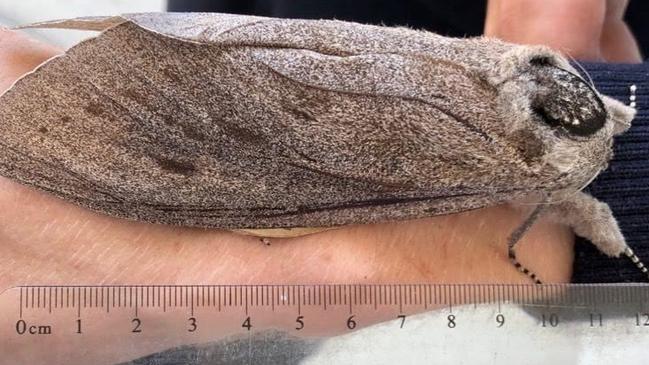
Rodney Llewelyn said the Tintenbar grub looked similar to a wattle goat moth larva he found on the NSW south coast.
“Interesting conversation, beetle or moth,” Mr Llewelyn said.
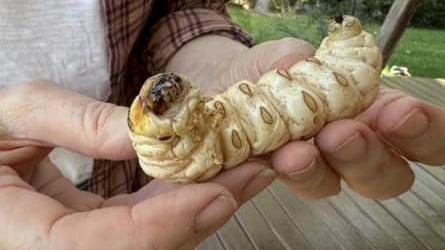
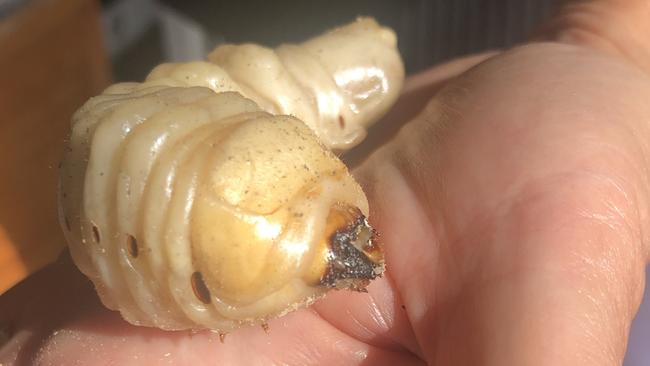
University of Queensland PhD graduate Jessa Haley Thurman wrote: “This one does look close to pupation.”
“You could put it with some of the wood it was found in (make sure it has white rot) and make a chamber in some florists foam. Keep in moist.
“It should pupate in there. You’ll see an alien like transformation then.”
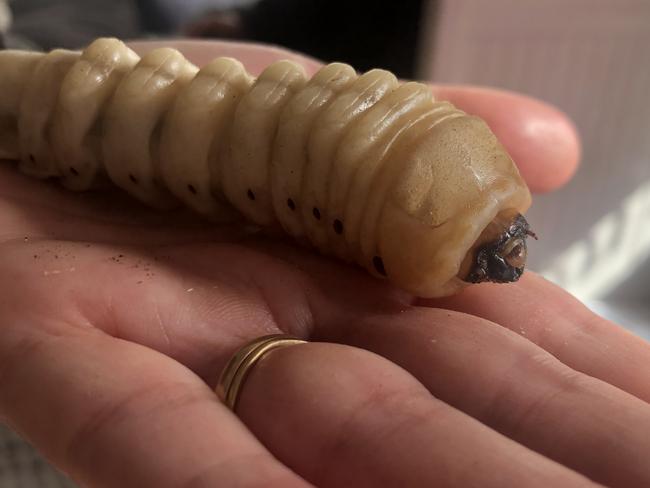
Southern Cross University professor, entomologist and chair of science Nigel Andrew analysed the Tintenbar pictures.
“It looks like a witchetty grub-type caterpillar,” he said.
“Most likely the larvae of a moth in the family cossidae. They have about 100 species in Australia that are wood borers.”
But he could not name the exact species of the grub.
He described “true” witchetty grubs as larvae of the cossid moth, which feeds on the roots of the witchetty bush widespread throughout the Northern Territory, Western Australia and South Australia.




